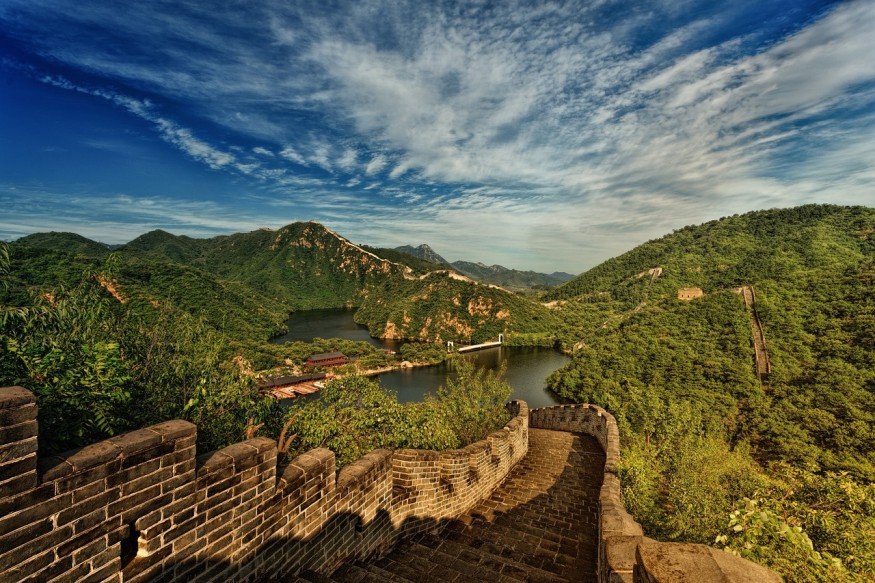
The Great Wall of China's huge swaths are held together by thin layers of biocrusts, which consists of organic materials. This has helped protect the massive marvel against erosion.
Biocrusts Hold the Great Wall of China Together
The discovery was made by scientists as they were looking into segments of the archaeological marvel that spans 21,000 kilometers.
When the massive marvel was being constructed, ancient workers frequently made use of rammed earth. This included different organic materials, such as compacted gravel and soil. While such materials are more prone to erosion compared to others, they help promote biocrust growth.
This stucco consists of cyanobacteria, which are microorganisms that can undergo photosynthesis, lichens, and mosses that can help strengthen the structure.
Soil science professor Bo Xiao from China Agricultural University's College of Land Science and Technology, who is a co-author of the study that details the findings, explains that ancient workers knew what materials to use in order to boost the stability of the structure. To boost mechanical strength, the wall's rammed earth was always added with sand, clay, and other adhesives by the original builders. Such materials offer the ideal conditions for biocrust-building organisms.
Biocrust Strength and Stability
To examine the Great Wall's integrity and strength, the researchers gathered samples from eight areas that were constructed in B.C. 1368 to B.C. 1644 in the Ming Dynasty. They discovered that 67% were filled with biocrusts. Xiao referred to these biocrusts as ecosystem engineers.
With portable mechanical systems, the researchers examined the soil stability and mechanical strength of the samples. They then compared it with wall segments that had only rammed earth.
The researchers discovered that the samples of biocrusts were up to three times stronger compared to the rammed earth samples. The study found that moss-containing samples were notably hearty.
This is due to how cyanobacteria and other microorganisms in the biocrust secrete substances that would tightly hold together the particles of rammed earth. This helps boost the stability of the structure. This created what was basically cement in essence.
Xiao explains that the cementitious substances, soil aggregates, and biological filaments in the layer of biocrust form a strong and cohesive network with potent mechanical strength and stability to combat erosion.
The findings were detailed in the "Biocrusts protect the Great Wall of China from erosion" study.
The Great Wall of China
The Great Wall of China was built continuously from around B.C. 300 to 1700 A.D. Its construction was done in order to protect the empires of the country from outside forces.
The entire structure stretches over 21,000 kilometers. It starts from the east at Hebei province's Shanhaiguan and ends at the Gansu province's Jiayuguan in the west. The main body of the Great Wall consists of walls, watch towers, horse tracks, and shelters. It also consists of passes and fortresses.
RELATED ARTICLE : Nearly 1,000-year-old Brick Tomb Discovered in Northern China by Workers Renovating Stormwater Drains
Check out more news and information on Archaeology in Science Times.
© 2025 ScienceTimes.com All rights reserved. Do not reproduce without permission. The window to the world of Science Times.












